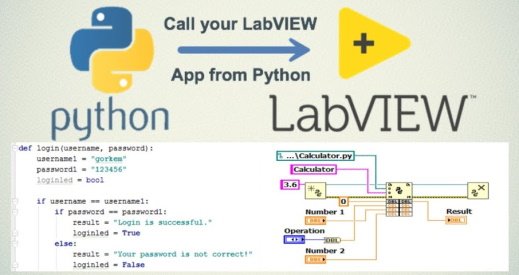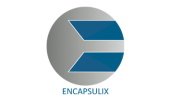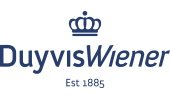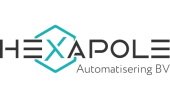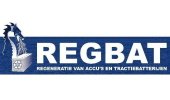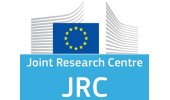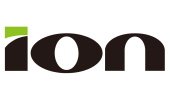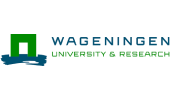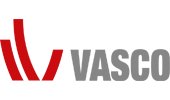LabVIEW
LabVIEW is systems engineering software for applications that require test, measurement, and control with rapid access to hardware and data insights.
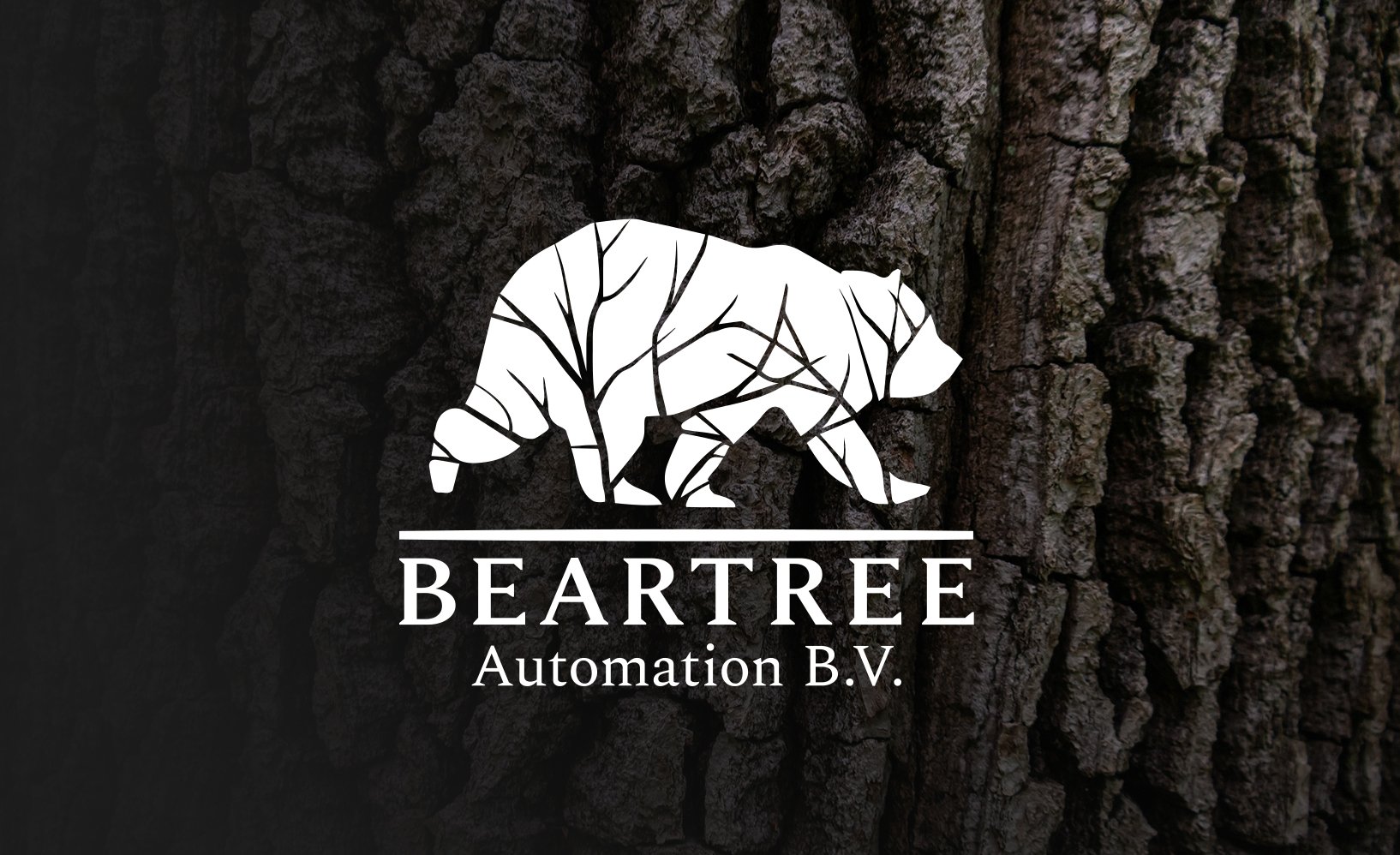
What is LabVIEW?
LabVIEW is a graphical programming environment developed by National Instruments. It is particularly suitable for control technology, data acquisition, and communication with measuring instruments.
The LabVIEW programming language includes the same language constructs and data structures as traditional programming languages, allowing LabVIEW to be used to create a wide variety of software applications. LabVIEW can be used under Windows, Linux and OS X.
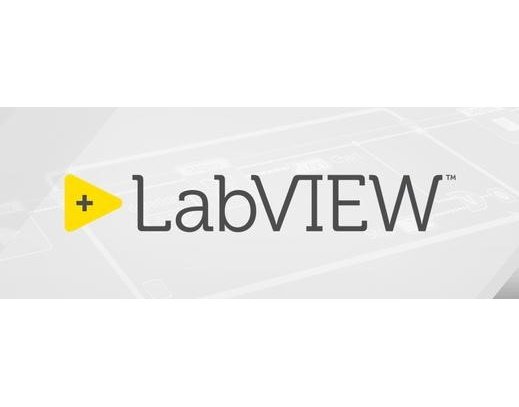
What can LabVIEW do for you?
LabVIEW can be found both in production and at test processes, and can play a major role in automation for both.
Examples are:
- Automotive
- Food & Agriculture
- Construction & Infrastructure
- Maritime & Offshore
- Plastics & Packaging
- Aviation
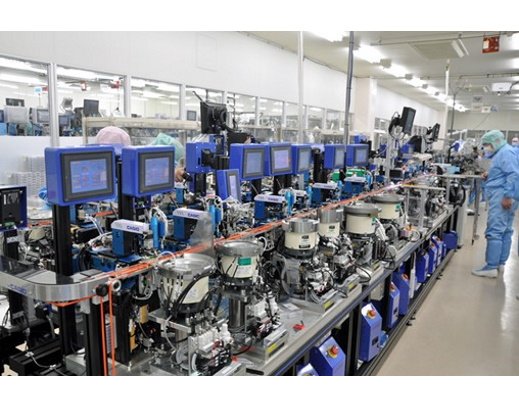
Why LabVIEW?
LabVIEW is a programming language especially made for automating (industrial) processes. It is widely used for the following reasons:
Programming efficiency
Since LabVIEW is a graphical programming environment and already supports many basic functions, a programmer can quickly find a solution to complex problems. LabVIEW has many application specific toolkits. They enable the programmer to solve domain specific challenges:
- Vision and Motion
- Sound and vibration analysis
- Real-time video analysis
- FPGA
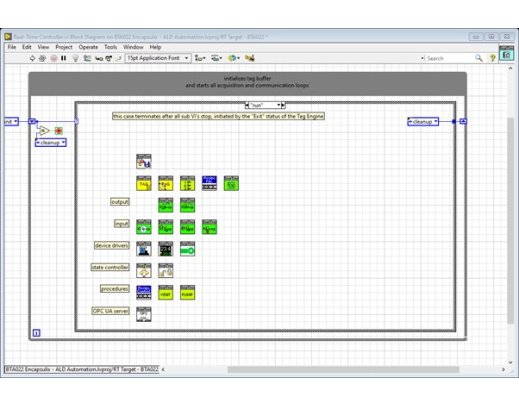
Hardware support
LabVIEW integrates easily with all hardware from National Instruments and also with all other hardware that is able to communicate with a computer.
LabVIEW supports a large number of protocols, such as: • CAN-bus • LIN-bus • Modbus (RTU en TCP/IP) • TCP • Profinet • Profibus • GPIB• OPC • Serial bus protocols such as RS232, RS485, RS422 • Bluetooth • SMTP email • HTTP • FTP • WebDAV • EtherCAT
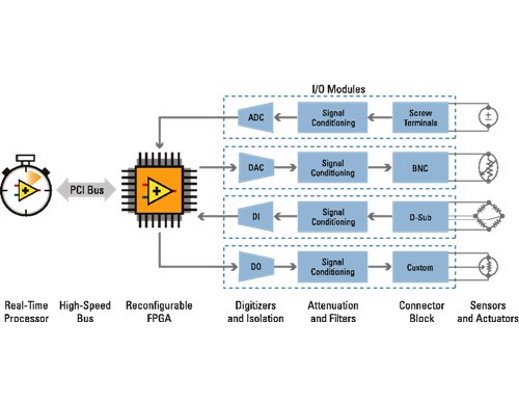
All, using one platform
Using LabVIEW it is possible to create Microsoft Windows programs, among other things. And using LabVIEW it is also possible to program real-time systems and even FPGAs. Normally for these three variants you need three programmers with all three different specialties.
Using LabVIEW enables the programmer to program these three disciplines aside and through each other without any problem, without having to specialize in, for example, VHDL (FPGA), C++ (Windows) or C (Embedded real-time).
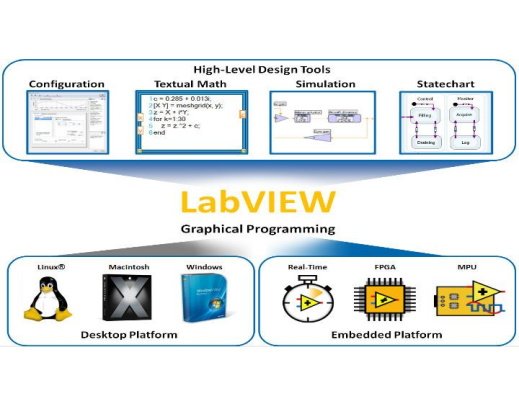
The art of problem solving
A LabVIEW programmer is able to quickly solve difficult problems. Something what takes months in C++, often only takes weeks in LabVIEW. It is therefore very advantageous to have some tasks done by a LabVIEW programmer.

Test systems
Test systems are ideal for programming with LabVIEW. This has a number of reasons:
- National Instruments supplies hardware that is perfectly suited to work with LabVIEW and use in test systems. This includes analog I/O and digital I/O, and also complex protocols such as EtherCAT or CAN bus can easily be tested.
- It is possible to have LabVIEW generate reports automatically. These are reports showing any test with a “PASS” or “FAILED”. A report can display the scanned serial number and the code of the tester, so that each product can be easily tracked. It is also possible to make this data available, for example, for an ERP system.
- LabVIEW is ideal for testing systems since it can do everything automatically. It is even possible to run tests semi-automatically. So, for example, the test waits until the operator has connected certain cables.
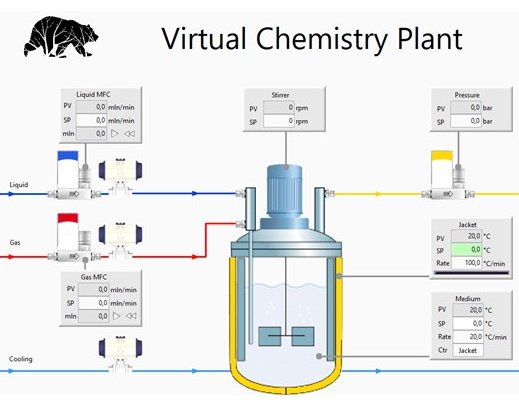
Vision systems
Modern vision systems boost the productivity in the areas of automatic inspection, process control, and robot guidance. Vision products include vision systems, smart cameras, frame grabbers, and vision interfaces designed for a wide range of applications, such as assembly verification, object tracking and vision-guided robotics.
Vision systems include checking whether there are scratches on a plastic plate, or checking whether a biscuit has the correct shape, or determining the droplet distribution and droplet size of a water spray head, or crop recognition.
Vision is something that is really tough in other programming languages. Especially if it has to be done in real time. The LabVIEW toolkits ensure that real-time vision systems is made easily.

Data Acquisition
With systems such as the CompactRIO, CompactDAQ and PXI chassis, as well as PC based systems, LabVIEW is ideal for data acquisition. Consider, for example, things such as predictive maintenance or batch errors or high speed data acquisition and on-the-fly data analysis.
The data required for this can be easily retrieved and analyzed with the hardware of National Instruments and LabVIEW as software.
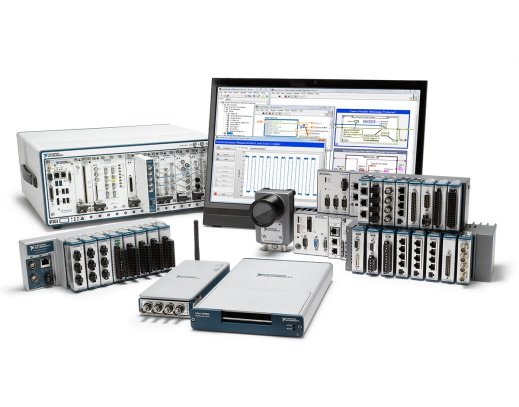
C++ and LabVIEW
Does your company need something that is not standard in LabVIEW? Consider, for example, a protocol implementation that is not very well known. Then it is possible to load C++ in LabVIEW. This is done by means of a DLL (Dynamic Link Library), this is a dynamic “library” that is programmed in C++. To program this DLL you need a programmer who understands C++.

Python and LabVIEW
LabVIEW allows to integrate Python developed software packages within a LabVIEW application. Like this, a LabVIEW application can access scientific and engineering tools for signal processing, machine learning, image analysis, data import/export, and more. You can run Python and LabVIEW side-by-side and perform live exchange of data.
